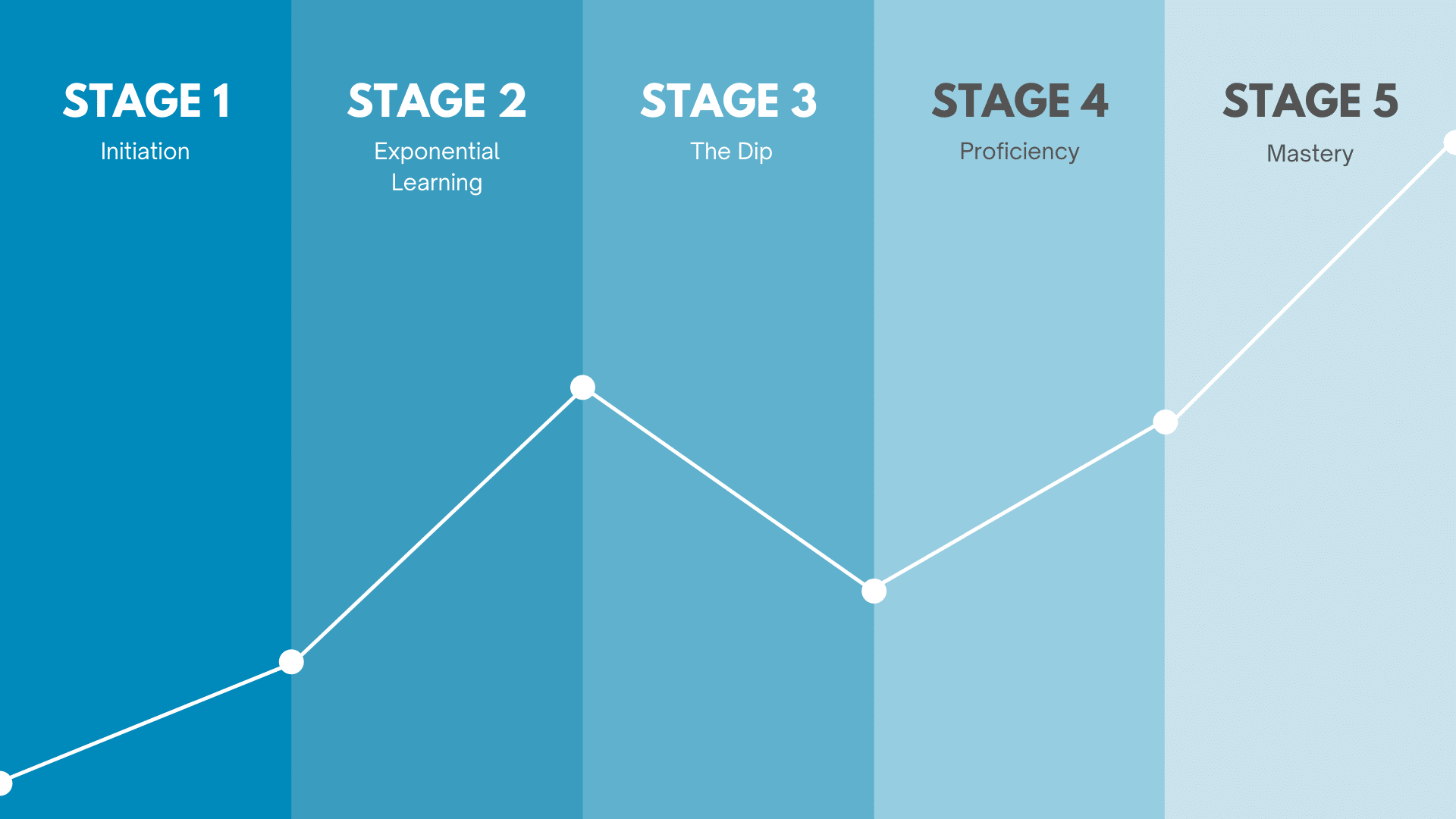To mix a song, balance levels, apply EQ and effects, and adjust panning for a polished sound. Mixing a song involves adjusting the levels of individual tracks, applying EQ to enhance frequencies, adding effects like reverb or delay, and adjusting the stereo panning to create a balanced and cohesive mix.
Proper mixing is crucial for a professional-sounding end product that engages listeners and conveys the intended emotions of the music. It requires technical proficiency and a keen ear for detail to ensure that each element of the song is clear, distinct, and harmoniously blended together.
We will explore the essential steps to effectively mix a song and provide practical tips for achieving a high-quality final mix that showcases the song’s full potential.
Setting Up Your Workspace
Setting up your workspace is essential in ensuring a smooth mixing process. A well-organized setup can enhance efficiency and streamline your workflow. Let’s dive into the key steps starting with:
Organizing Your Daw
- Arrange tracks categorically for easy access.
- Color-code tracks for visual clarity.
Preparing Equipment And Instruments
- Check all cables for connectivity and functionality.
- Tune instruments before recording for optimal sound.

Credit: www.edmprod.com
Understanding The Song Structure
Understanding the Song Structure is crucial in the mixing process to enhance the listener’s experience.
Analyzing Song Sections
Songs typically consist of different sections like verse, chorus, bridge, and pre-chorus, each serving a unique purpose.
Identifying Key Elements
Key elements to focus on include melody, lyrics, instrumentation, and vocals, which collectively shape the song’s structure.
Applying Audio Editing Techniques
When it comes to applying audio editing techniques, knowing how to work with individual tracks and utilizing automation is essential for achieving a professional and polished mix. These techniques allow you to shape and mold the individual elements of a song, ensuring they blend seamlessly and contribute to the overall sonic landscape.
Working With Individual Tracks
Each track within a song, whether it’s a vocal, guitar, drum, or any other instrument, requires precise attention during the mixing process. By adjusting the volume, panning, and EQ for each track, you can ensure that every element sits in the mix with clarity and impact.
Utilizing Automation
Automation is a powerful tool that enables you to dynamically control various parameters throughout the song. By automating volume, panning, and effects, you can create movement and dynamics within the mix, enhancing the emotional impact of the music.
Utilizing Mixing Tools And Effects
When it comes to mixing a song, utilizing mixing tools and effects is essential in creating a professional and polished sound. By understanding how to use these tools effectively, you can enhance the individual elements of a song and bring them together into a cohesive and balanced mix.
Using Equalization And Compression
Equalization and compression are two of the most commonly used tools in mixing. Eqaulization allows you to shape the frequency balance of each individual track, enhancing certain frequencies or reducing others. It enables you to remove any unwanted frequencies that might be affecting the overall clarity or muddiness of the mix. Compression, on the other hand, allows you to control the dynamic range of a track, ensuring that the louder and softer parts of a performance are brought to a more consistent level. This helps to achieve a more balanced and controlled mix.
Exploring Reverb And Delay
Reverb and delay are two popular effects used to add depth and dimension to a mix. Reverb creates a sense of space, simulating the natural reverberation that occurs in a room or space. By using reverb judiciously, you can emulate different environments and create a sense of spaciousness in your mix. Delay, on the other hand, is an effect that adds repeats of the original sound, creating echoes. It can be used to create rhythmic effects, add width to a vocal, or simply to create interest and depth in a mix.
Mastering The Final Mix
When it comes to mastering the final mix of a song, there are a few key steps you need to take to ensure it sounds professional and polished. Balancing levels and panning is important for creating a sense of depth and space in the mix. Refining the overall sound takes into account EQ, compression, and other effects to enhance the clarity and impact of the music.
Balancing Levels And Panning
The first step in mastering the final mix is to balance the levels of each track in your mix. This involves adjusting the volume of each instrument and vocal so that they blend together well and no single element dominates the mix. It’s important to use your ears and listen carefully to make sure everything sounds cohesive.
Another technique that can greatly improve the overall sound of your mix is panning. Panning refers to placing each instrument or vocal in a specific position in the stereo image. This can create a sense of space and separation, making the mix sound more dynamic. For example, you might pan the guitars slightly to the left and right, while keeping the vocals centered.
Refining The Overall Sound
Once you have balanced the levels and panned your tracks, the next step in mastering the final mix is to refine the overall sound. This involves using EQ, compression, and other effects to shape the tone and dynamics of the music. EQ can be used to emphasize certain frequencies or reduce unwanted ones, while compression can help control the dynamic range and add sustain to instruments.
It’s important to take a careful and nuanced approach to refining the overall sound. Too much EQ or compression can result in a harsh or overly processed sound, so it’s important to make subtle adjustments and listen critically to the results. Remember, the goal is to enhance the music and bring out its best qualities, not to completely transform it.
In conclusion, mastering the final mix of a song is a crucial step in the music production process. By carefully balancing levels and panning, as well as refining the overall sound with EQ, compression, and other effects, you can create a professional and polished mix that showcases the music in its best light.

Credit: experimedia.net

Credit: www.amazon.ae
Frequently Asked Questions For Steps To Mixing A Song
What Are The Steps To Mixing A Song?
Mixing a song involves organizing tracks, adjusting levels, adding effects, and enhancing the sound quality to achieve a balanced and professional result. It includes processes like EQing, compressing, panning, and adding reverb or delay to create depth and clarity in the mix.
Why Is Mixing An Important Part Of The Music Production Process?
Mixing plays a crucial role in music production as it brings all the individual elements of a song together and creates a cohesive and pleasing sonic experience. It helps improve clarity, balance, and impact, making the song more engaging and enjoyable for the listener.
How Can I Improve My Mixing Skills?
Improving your mixing skills requires practice, experimentation, and knowledge of various mixing techniques. Learning about EQ, compression, panning, and other mixing tools is essential. Additionally, listening to professional mixes, using reference tracks, and seeking feedback from experienced engineers can help you refine your skills and develop a better ear for mixing.
Conclusion
To sum up, mixing a song is a crucial part of the music production process. By following these steps and using the right tools and techniques, you can achieve a professional and polished sound. Remember to trust your ears and keep practicing.
With time and dedication, you can become adept at mixing and produce outstanding music.